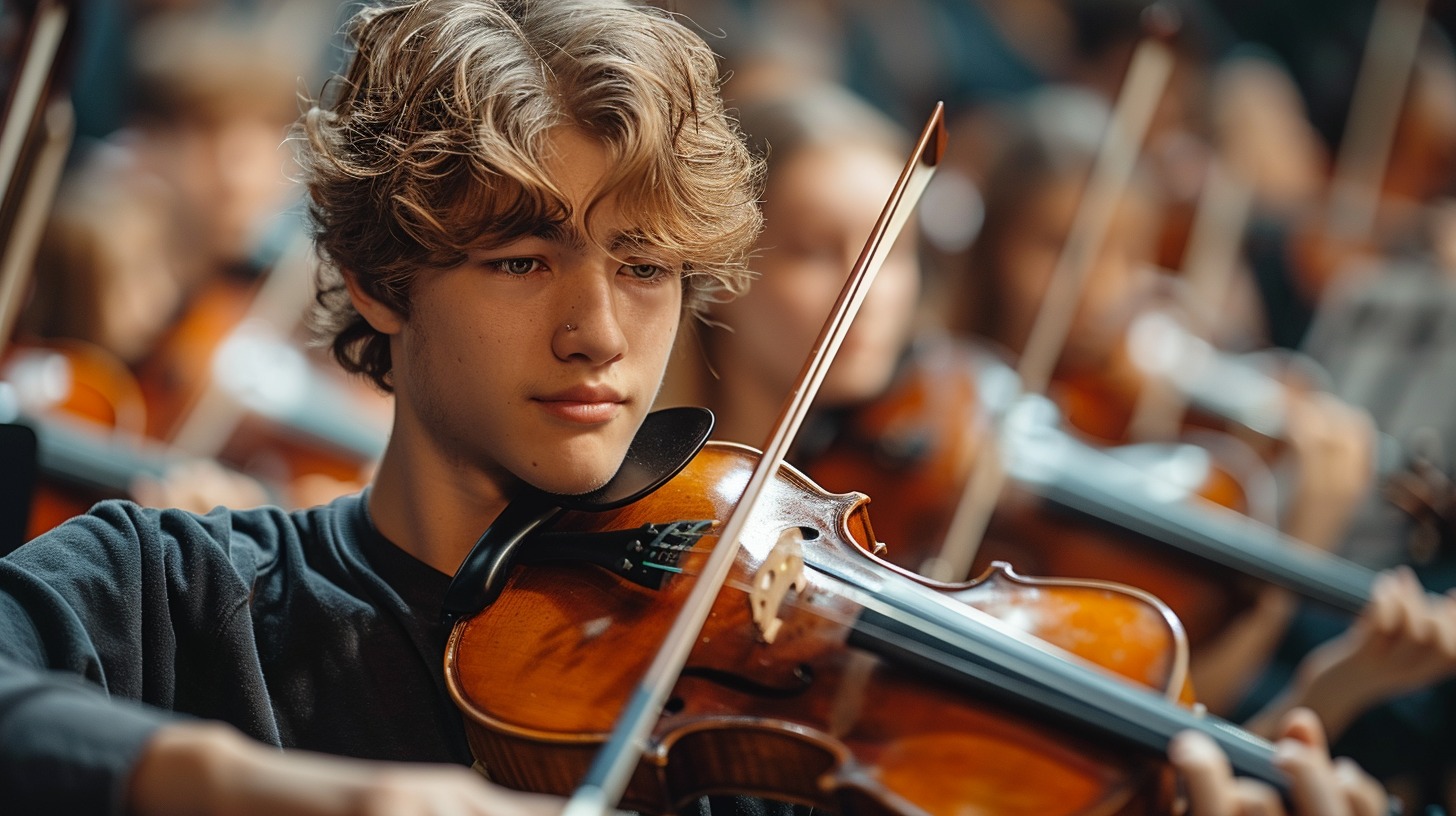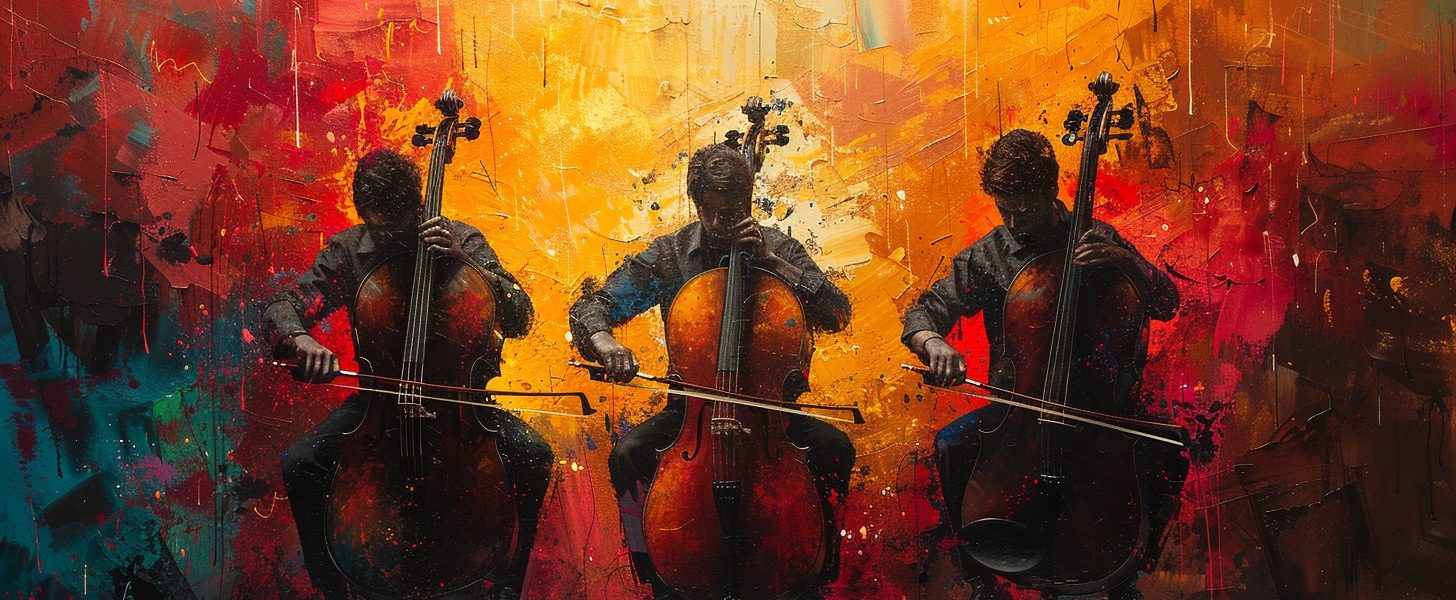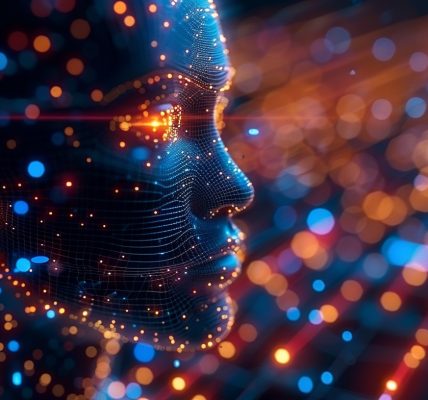Digital music creation and production tools have been a game-changer in music education. These innovations have transformed traditional ways of composing, recording, and producing music, making it easier for both students and teachers. Teachers can use information technology in music for classroom instruction to give students hands-on music-making experience, fostering creativity and innovation.
Overview of Digital Music Creation Software and Apps
Digital music creation software, or Digital Audio Workstations (DAWs), is a complete toolkit for making music, including recording, editing, mixing, and mastering tracks. These platforms have features like virtual instruments, loops, effects, and advanced editing tools. Popular DAWs like GarageBand, FL Studio, Ableton Live, and Logic Pro X are great for beginners and pros.
Besides full-featured DAWs, many apps and web-based tools are designed to simplify music creation. These tools have easy-to-use interfaces and straightforward features, perfect for educational settings. Apps like Soundtrap, BandLab, and Soundation make it easy for students to collaborate in real time, breaking down barriers to creative teamwork.
Benefits for Students and Teachers in Composing and Producing Music
Incorporating digital music creation tools into music education offers multiple advantages for both students and teachers:
- Boosted Creativity and Innovation: Without the limits of physical instruments and recording gear, students can experiment freely with sounds and musical ideas.
- Development of Technical Skills: Using digital tools helps students pick up vital technical skills like audio editing, sound design, and music production techniques.
- Increased Accessibility and Inclusivity: These tools make music production accessible to students without traditional musical training, encouraging more people to participate in music education.
- Enhanced Collaborative Opportunities: Many digital music tools support online collaboration, letting students work together on projects, share ideas, and give feedback to each other, creating a more collaborative learning environment.
Online Platforms
The upgrade of online music education platforms is changing how we teach and learn music, making it accessible to students everywhere. These digital hubs provide courses from beginner instrument lessons to advanced music theory and production techniques. They cater to all musical interests and skill levels, ensuring everyone can access top-notch music education, regardless of their starting point.

These platforms’ video tutorials are at the heart of these platforms, offering step-by-step guidance from seasoned musicians and educators. These videos engagingly show techniques and concepts and let students learn at their speed. They can pause, rewind, and go back to lessons whenever they need, giving students the power to manage their learning journey while fitting it into busy schedules and personal learning styles.
Interactive exercises make learning more fun by offering hands-on practice that’s both engaging and informative. From note-recognition games to rhythm-matching challenges, these activities make music theory and practice enjoyable and easy to understand. Plus, immediate feedback helps students quickly spot areas for improvement and track their progress.
Community forums and discussion boards add value to online music education platforms, helping learners feel a sense of belonging and connection. These forums let students share experiences, ask questions, and get peer and instructor support. This collaborative space fosters idea-sharing and resource exchange, making learning more social and interactive.
Conclusion about Information technologies in music education
Information technologies have revolutionized music education, offering unparalleled opportunities for creativity, skill development, and collaboration. By seamlessly integrating digital tools like DAWs, music creation apps, and online education platforms into the curriculum, educators can provide a rich and inclusive learning experience.
These technologies not only make music more accessible to a diverse range of students but also prepare them with the technical competencies required for the modern music landscape. As we grow in this digital era, embracing these innovations will undoubtedly enhance aspiring musicians’ and educators’ educational journeys, fostering a new generation of talented and tech-savvy artists.





